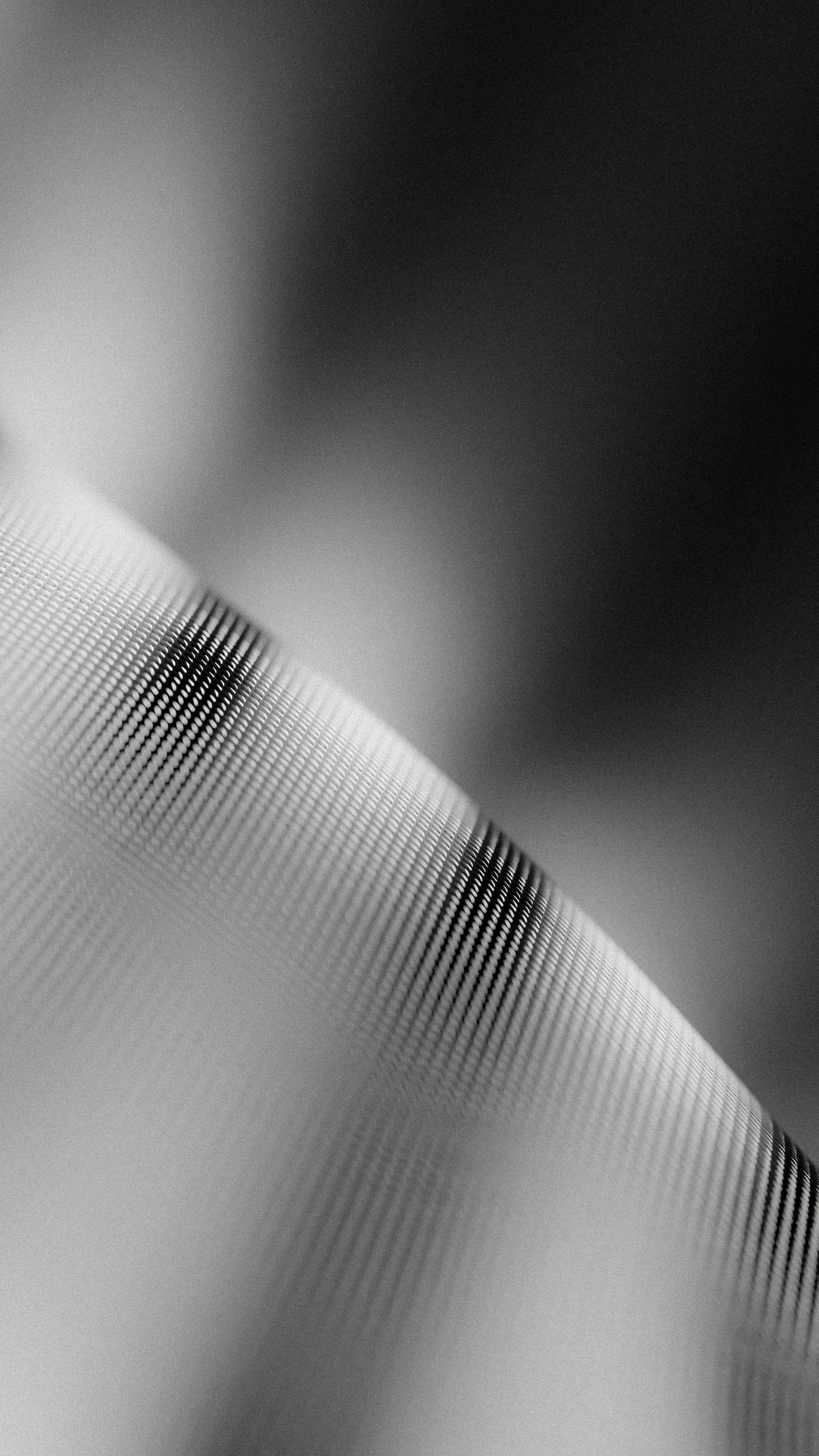
MANUFACTURING WITHOUT LIMITS
Ultimate 3D is a full-service 3D printing shop dedicated to producing the most efficient solutions for our clients.
3D Printing Services & More
3D Printing Services
-
Selective Laser Sintering (SLS) is a 3D printing process that uses lasers to melt powdered material layer by layer to create highly precise and functional products.
Specs: High durability, high heat tolerance, lightweight, ideal for functional parts such as aerospace, automotive, and apparel.
-
Stereolithography (SLA) is a 3D printing method in which a laser cures liquid resin layer by layer. This method is ideal for products requiring fine details, smooth finishes, or transparency.
Specs: High-resolution, smooth finish, aerodynamic, more rigid. Ideal for transparent parts, complex geometries and presentation-level prototypes.
-
Fused deposition modeling (FDM) is a style of 3D printing that builds sequential layers of melted thermoplastic filament. The consumer 3D printing machines you might be familiar with use FDM.
Specs: Lower cost, versatile materials, ideal for low-volume orders, early-stage and basic functional prototypes.
Additional Services
-
Take your parts to the next level with:
Vapor-Smoothing
Tumble Polishing
Hand-Sanding
Painting
Dying
Nickel-Plating
-
Using a state-of-the-art 3D scanner, we can create an accurate and highly detailed 3D model of a product you would like to replicate with 3D printing.
We can also measure and create an AS9102 measurement report with GD&T of the part.
-
We’re passionate about efficient design and will gladly provide consulting and design services if you have questions about the best approach to your design or need us to create your CAD file.
-
These molding methods are used to produce detailed and high-quality parts. Silicone molds are commonly used to replicate parts because of their flexibility, durability, and ability to capture fine details, while urethane molding is often used for creating high-performance parts and prototypes with properties similar to production-grade plastics.
Working with Ultimate 3D is simple.
Request a quote.
Submit your CAD file for a quote.
If you don’t have a design yet, we can create your CAD file.
Accept your quote.
We usually provide a quote the same day. We might make recommendations for how to produce your parts more efficiently.
We produce your order.
We can often complete your parts in as little as a few days. Depending on our lead time and the scale of your project, production time may be longer.

With today’s 3D printing technology, your imagination has more power than ever. We’re here to help you bridge the gap between your vision and reality.
Our Clients

Request a Quote
BUILDING EXCEPTIONAL PRODUCTS FOR THE REAL WORLD













